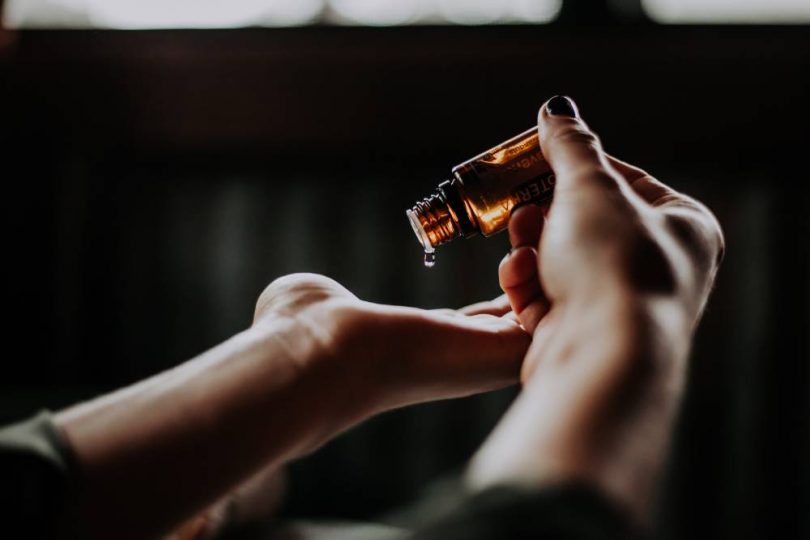Cannabidiol (CBD) has anti-inflammatory properties that work on your skin when consumed orally or applied topically. It has been confirmed that the cannabinoid receptors in the brain maintain skin homeostasis and skin barrier formation or regeneration. CBD is great for treating a wide range of skin conditions by reducing irritation, redness and swelling that causes flare ups and pain. [1]
Acne is the most common skin disorder among people, affecting 9.4% of people. There are many treatments on the market for acne, including prescription ointments and pills. No treatment is going to be effective for everyone, which is why there are an overwhelming amount of treatments for different skin types.
A study looked at how the anti-inflammatory properties of CBD affected the treatment of acne. CBD is capable of modifying the inflammatory pathways and receptors which lead to a decrease in cytokine production thus skin rash. This means that the anti-inflammatory properties in CBD help to shrink and get rid of the build-up of sebum that causes acne. A natural treatment like CBD has minimal side effects and is easier to access than prescription topical treatments. CBD can be taken both as a topical cream or orally. However, a topical CBD treatment absorbs into the skin and treats the source faster. [2]
In a broader study, CBD was found to effectively treat psoriasis and many more severe dermatological conditions. In this study, 20 people with skin conditions used a topical CBD ointment over the course of three months. The outcome of the study found that CBD ointment contained anti-proliferative and anti-inflammatory properties to reduce pain. The study also looked at the best topical treatments in terms of skin retention. Using a hydrophilic gel to apply CBD to the skin was the most effective compared to liquid paraffin (oil). [3]
CBD is a great topical treatment for minor skin irritations like acne and it is also proven to help with more serious skin issues like alopecia or eczema. CBD is a natural option that doesn’t require a prescription and is becoming easier to access.
References:
[1] Tóth KF, et al. Cannabinoid Signaling in the Skin: Therapeutic Potential of the “C(ut)annabinoid” System. Molecules. 2019;24(5):918. doi:10.3390/molecules24050918 [Journal impact factor=4.412] [Times cited=41][2] Peyravian N, et al. The Anti-Inflammatory Effects of Cannabidiol (CBD) on Acne. J Inflamm Res. 2022;15:2795-2801doi:10.2147/JIR.S355489 [Journal impact factor=4.370] [Times cited=27]
[3] Casiraghi A, et al. Topical Administration of Cannabidiol: Influence of Vehicle-Related Aspects on Skin Permeation Process. Pharmaceuticals (Basel). 2020;13(11):337. doi:10.3390/ph13110337 [Journal impact factor=6.321] [Times cited=7]










